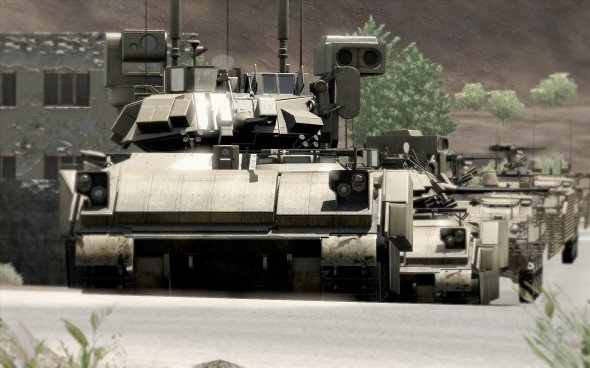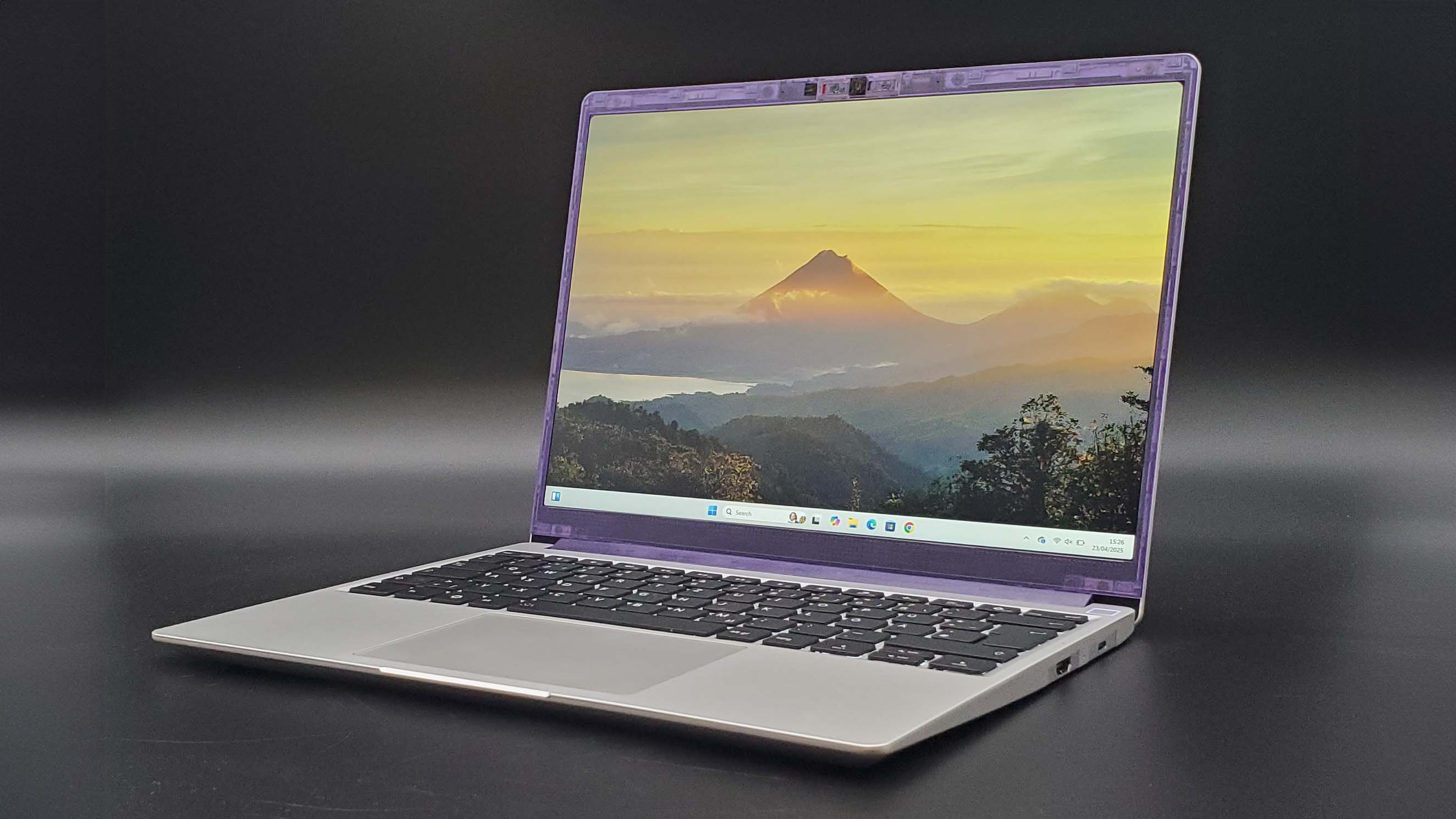How the world’s most-realistic military game gets made
PCG: You released Operation Arrowhead on June 29, the recent expansion for ArmA 2. What's significant about it compared to past versions of ArmA?
Spanel: The most significant change is the setting: the Central Asian, Afghanistan-like environment. It is, by itself, a very interesting area of operation and completely different to what we have had in our previous titles. We created a new fictional state, Takistan, near Chernarus, the country visited in the previous chapter, which is accurately modeled on real Afghan terrain.
Other than that, the game is fairly similar to ArmA 2 in many of its elements; indeed, it even can integrate all of the new improvements with the entire content of ArmA 2, but it adds a lot of new interesting features into the mix: state-of-the-art thermal imaging simulation, built-in expansions manager, optional backpacks, together with a tweaked UI and reworked radio communication. All together, it takes the ArmA 2 experience to a new level.
PCG: It's vaguely the same experience, though—other than swapping forests and grass for sand and dunes, what's fundamentally different about fighting in Takistan?
Spanel: In Takistan, the terrain is more rugged and provides less cover, so I would say that maneuverability, high traveling speed and control of the high ground are the essential prerequisites to victory in combat. When things went not exactly according to the plan in Chernarus, the player could disappear in the woods; disappearing into the desert or mountains is a lot harder. On the other hand, there are villages and houses to hide in or mountain ridges to ascend in order to get some advantage.
The biggest gaming news, reviews and hardware deals
Keep up to date with the most important stories and the best deals, as picked by the PC Gamer team.

PCG: Earlier this year, I met with Jan Pražák, PR Manager at Bohemia. We talked a little bit about the campaign in Operation Arrowhead, and how it was a specific decision to avoid referencing religion as a basis for why you were fighting in the campaign. What led to the decision to focus the campaign on a resource conflict?
Spanel: There were several reasons behind the decision. First, we had neither the knowledge nor the assets to depict the religious aspect of a military conflict in the appropriate scope and depth. Second, the resource-based conflict is, more generally, understandable and requires no special knowledge about cultural and religious traditions.
Third, basing the story on a (resource-based) conflict with a conventional army gave us the chance to make the playable content a lot more interesting. Fighting in vehicles or aircraft against a similar enemy is certainly more attractive from a gameplay point of view, as compared to accidental skirmishes with guerrilla footmen. Besides, the conventional large-scale battles with vehicles and aircraft is the strength of our engine.
PCG: What new addition to Operation Arrowhead--weapon, vehicle, or module--are you most proud of?
Spanel: The Town Generator is a very cool new module; adjustable sights and rangefinder binoculars are also great additions. But my favorite probably is the Unmanned Little Bird (UAV). It is very interesting to remotely control a small helicopter from an Apache gunship.
(Thanks to Jan Prazak at Bohemia Interactive for the photos of Marek Spanel and Ivan Buchta.)

Evan's a hardcore FPS enthusiast who joined PC Gamer in 2008. After an era spent publishing reviews, news, and cover features, he now oversees editorial operations for PC Gamer worldwide, including setting policy, training, and editing stories written by the wider team. His most-played FPSes are CS:GO, Team Fortress 2, Team Fortress Classic, Rainbow Six Siege, and Arma 2. His first multiplayer FPS was Quake 2, played on serial LAN in his uncle's basement, the ideal conditions for instilling a lifelong fondness for fragging. Evan also leads production of the PC Gaming Show, the annual E3 showcase event dedicated to PC gaming.

